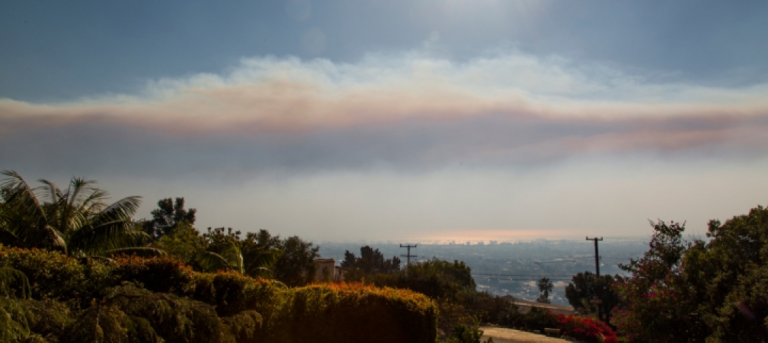Published on July 3, 2019

When smoke from California’s deadliest wildfire blew into downtown Sacramento last November, daylight blurred into dusk and the city’s air became among the world’s most polluted. The Camp Fire has long since been extinguished, but the health effects from the tiny particulate matter in the smoke, which penetrates into the lungs and ultimately into the bloodstream, could linger for years.
No one is surprised when smoke brings a surge of emergency room visits for asthma or other breathing problems. More insidiously, people are also inhaling noxious fine particles measuring less than 2.5 microns, or a fifth the size of a particle of dust or pollen. Researchers have had a hard time quantifying exposure to those tiny particles as a smoky plume moves through an area or just how harmful the bursts of such air can be. But recent work suggests that children and babies are particularly vulnerable to long-lasting health effects.
“Many cities in the West saw their highest-ever particulate levels in 2017 and 2018,” says Dan Jaffe, professor of Environmental Chemistry at the University of Washington-Bothell. He and his colleagues reported that large urban effect in a paper released earlier this month. “More than 10 million people were exposed to levels of PM2.5 above the air quality standards.”
Continue reading at Wired.
Originally written by Michele Cohen Marill for Wired.